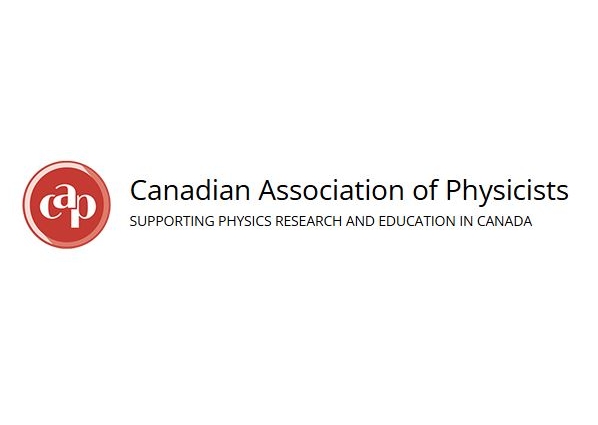A new version of RESCU has just been released!
Here is what is new in the version 2.9.0 :
Hello to our community of materials scientists!
Today we have the please to release a new version of RESCU, our KS-DFT code for large atomic systems, which includes improvements and new content, especially to simulate defects and scanning tunneling microscopy and spectroscopy (STM and STS) of materials with large super-cells (typically made of 1000s of atoms).
News
- **New** RESCU now uses its native LDOS calculation for STM simulations via the Tersoff–Hamann method. This unifies the electronic-structure and STM pipelines, improving performance by eliminating intermediate I/O and ensuring accurate bias-window integration. New options include energy-windowed maps, constant-height and constant-current imaging, line scans, and STS outputs.
- **New** Docs (Advanced) tutorial: DFT on Windows — Phosphorus Doping in Silicon (setup, runs, CPU-only notes, common pitfalls).
- **New** Docs (Advanced) tutorial: SCF & Impurity-State Analysis of a P-in-Si Donor System (defect levels, charge state, LDOS/PDOS workflow).
- **New** Docs (Basic) tutorial: Numerical Convergence (cutoffs, k-points, smearing).
- **New** Docs (Basic) tutorial: Equation of State & Geometry Optimization (EOS curve, relaxations).
- **New** Docs (Basic) tutorial: Adsorption Energy (binding energies, reference states).
- **New** Docs (Basic) tutorial: STM Simulations – Tersoff–Hamann (constant-height/current, bias windows, Scanning tunneling spectroscopy (STS)).
Improvement
- **Improved** Documentation revamped across the board; tutorials reorganized into “Basic’ and ‘Advanced’.
- Link: https://docs.nanoacademic.com/rescu/
Do not forget to check out our biweekly posts on LinkedIn about the new simulation capabilities for STM/STS applications among other things, there is information on RESCU and NanoDCAL codes, simulation insights and interesting results obtained and compared with literature: experimentalists will like that very much!
More to come soon!













